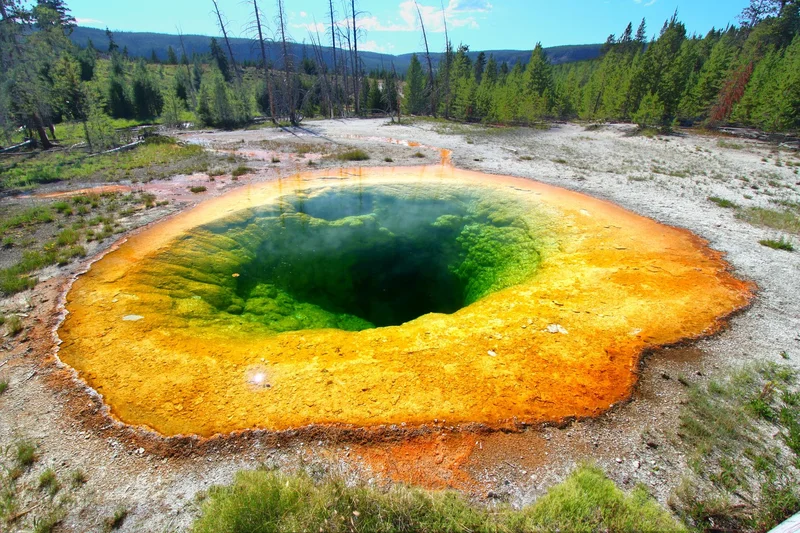Unearthing Secrets Beneath Our Feet: What Campi Flegrei's Earthquakes Tell Us
Okay, friends, buckle up because we're about to dive deep—literally—into some fascinating research coming out of Campi Flegrei, Italy. This isn't just about earthquakes; it’s about understanding the very heartbeat of our planet and, believe it or not, maybe even predicting the future. I know, it sounds like science fiction, but stick with me!
See, Campi Flegrei is a volcanic caldera, which is basically a giant, sunken volcano. It's been restless for decades, with the ground slowly rising and falling, accompanied by swarms of earthquakes. Now, usually, these small tremors are just background noise, but a team of researchers has been digging into the data from 2020-2025, focusing on the bigger quakes (magnitude 3 and up) to understand what’s really going on down there.
What they’ve discovered is a complex dance between rupture velocity – how fast an earthquake spreads along a fault – and stress drop – the amount of stress released during the quake. It’s like trying to understand how a car engine works by listening to the sounds it makes; you need to understand the relationship between different parts to get the full picture. What's so amazing here is that they are using the seismic waves to understand the stress and strain deep within the earth.
The researchers used a clever method called the "LPDT-method" (don't worry, I won't quiz you on that!). In essence, it allowed them to estimate the rupture velocity and stress drop of these small earthquakes, which is usually tough to do. And what they found is… well, it’s complicated. Sometimes, a faster rupture means a bigger stress drop, like a clean break. Other times, it’s the opposite, like a stuttering tear. Why the difference? That's the million-dollar question, isn't it?
This is where it gets really interesting. The study suggests that the relationship between rupture velocity and stress drop can tell us about the energy available for fracturing the rock. A faster rupture, fueled by high stress release, might indicate a more direct and efficient break. But other factors, like fluids moving through the rock or damage to the surrounding area, can slow things down, even if the initial stress is high. It's like a tug-of-war between the forces that want to break the rock and the forces that resist it.

And this isn't just some abstract academic exercise. Campi Flegrei is located near Naples, a densely populated city. Understanding the dynamics of these earthquakes is crucial for assessing the potential hazards and protecting the people who live there. Can you imagine living every day knowing a volcano could erupt beneath your feet? The anxiety alone is enough to drive a person crazy!
This research reminds me of the early days of weather forecasting. For centuries, people relied on folklore and intuition to predict the weather. Now, we have sophisticated models that can predict storms days in advance. Perhaps, with enough research, we can do the same for earthquakes, giving people valuable time to prepare.
But, and this is important, with this knowledge comes responsibility. Imagine a future where we can predict earthquakes with pinpoint accuracy. What would that mean for insurance companies? For real estate values? We need to think about the ethical implications of this technology before it becomes a reality.
The Earth Whispers, We Must Listen
When I first read this research, I just sat back and thought, "Wow." I mean, we're talking about using the faint tremors of the earth to understand forces that shape our planet. And what does that mean for you? It means that the future of disaster preparedness isn't just about building stronger buildings; it's about understanding the very ground beneath our feet. It means that the gap between predicting the unpredictable is closing faster than we thought. And that, my friends, is something to be excited about.
So, What's the Real Story?
This isn't just about understanding earthquakes; it's about building a future where we can live in harmony with our planet, even in the shadow of a volcano.
